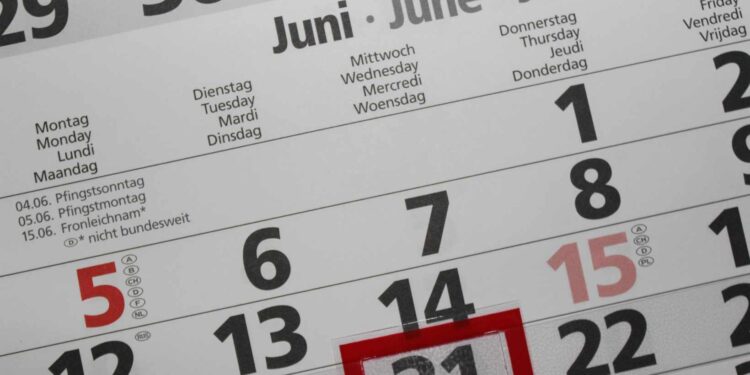It’s a puzzle that has intrigued countless minds, both young and old: what comes once in a year but twice in a week? I’ll jump right into the answer because it’s not some obscure natural phenomenon or rare celestial event. The answer is simpler than you might think: it’s the letter ‘e’. Yes, the humble ‘e’, an essential component of the English language, appearing only once in the word ‘year’ and twice in ‘week’.
Now, why would such a seemingly silly question matter? Well, riddles like these are more than just mind-boggling time killers. They’re tools to increase mental agility or even as icebreakers at social gatherings. Plus, they’re perfect for stimulating those little grey cells on lazy Sunday afternoons.
Diving deep into such brain teasers isn’t just about finding an answer. It’s also about understanding how our brains process information. So join me on this exploration of riddles and their fascinating role within our cognitive functions.
What Come Once in a Year Twice in a Week
Decoding the Riddle: ‘What Comes Once in a Year Twice in a Week’
Let’s get straight into it. I’m sure you’ve come across this intriguing riddle at least once. “What comes once in a year and twice in a week?” The answer is simpler than you might think, yet it’s known to stump even the savviest of puzzle solvers. It’s not an event or an occasion, but rather, it’s something we use every day – letters! Specifically, the letter ‘e’. You see, ‘e’ appears just once in the word ‘Year’ and twice in ‘Week’. Tricky, isn’t it?
Unveiling the Mystery Behind The Annual and Weekly Occurrence
I’ll be honest with you here; when I first heard this riddle, my mind went straight to holidays or specific calendar dates. But that approach doesn’t quite fit, does it? This riddle cleverly plays on our expectation of time-related events by steering us away from its actual linguistic twist.
So why do people find this riddle so challenging? It’s primarily because we’re conditioned to look for complex patterns or meanings. When we hear phrases like “once in a year” or “twice in a week,” we instinctively think of recurring events.
Detailed Analysis of ‘What Comes Once in a Year Twice in a Week’
Thinking outside the box is key when tackling brainteasers like these. They encourage creative thinking and offer new perspectives on seemingly ordinary things – like letters!
But let’s break down how exactly this common object fits into our puzzling question:
- Letter Presence: Look at how many times ‘e’ shows up – once (one e) within ‘year’ and twice (two e’s) inside ‘week’. Hence solving our enigma.
Riddles help exercise our brains and improve our lateral thinking skills. They squeeze out every bit of creativity and force us to think beyond the obvious. So next time you encounter a riddle like this, remember that the answer might be right under your nose!

Decoding the Answer: Letters in Time
I bet you’re scratching your head over this riddle. What comes once in a year, twice in a week? Don’t worry, I’ll break it down for you.
Let’s think about it literally first. Is there something that happens only once annually but twice every seven days? Well, not exactly. So we must be talking about something metaphorical here.
The answer lies not within calendar events or scheduling oddities but rather within language itself – specifically, the English alphabet. Here’s how:
- The letter ‘a’ appears once in the word ‘year’.
- The letter ‘e’ appears twice in the word ‘week’.
So, our answer to “what comes once in a year and twice in a week?” is simply letters of the alphabet – their placement within certain words.
Deciphering such puzzles can be both challenging and fun! It forces us to think outside our typical patterns and explore different aspects of language and logic. As an expert blogger on such topics, I love delving into these mental exercises with my readers.
Next time you stumble upon an ambiguous question like this one, remember to take a step back from literal interpretations and consider other possibilities – perhaps even play around with words themselves! In doing so, you’ll open up new avenues for critical thinking and problem-solving skills.
It’s fascinating how language can be used to create intricate puzzles like this one that leaves us puzzled at first glance but makes perfect sense when decoded. Isn’t it?
Hope this helps demystify what might have initially seemed like an impossible conundrum! Keep exploring more intriguing riddles & brain teasers; they’re fantastic for keeping your mind sharp!














